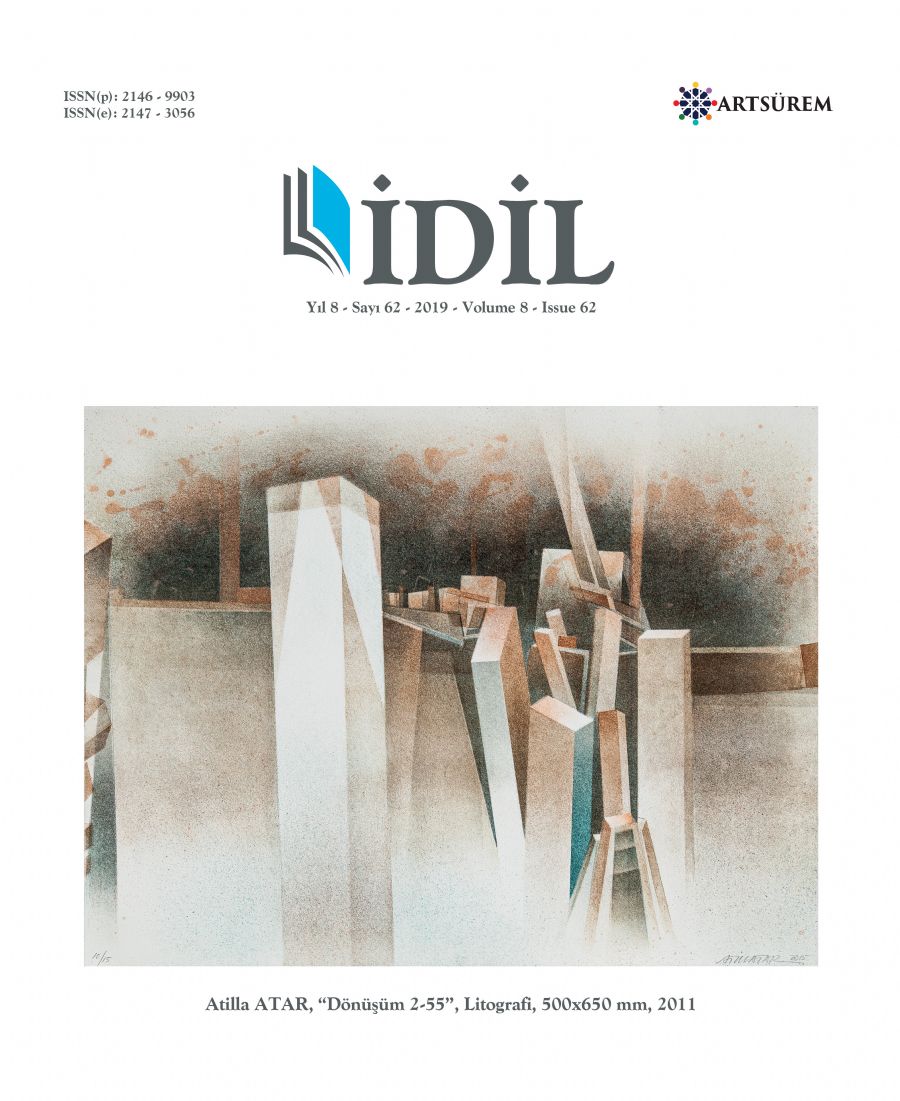XIV. - XIX. YÜZYILLARDA İLAVE İPLİK İLE DESENLENDİRİLEN KUMAŞLAR
FABRICS WITH SUPPLEMENTARY YARNS IN THE WORLD IN XIV. AND XIX. CENTURIES
Author(s): Ebru Çatalkaya GökSubject(s): Visual Arts, Modern Age, 13th to 14th Centuries, 15th Century, History of Art
Published by: Sanat ve Dil Araştırmaları Enstitüsü
Keywords: Brocade; Supplementary yarn; fabric; weaving; lance;
Summary/Abstract: When supplementary weft run the whole width of the fabric from selvage to selvage like main weft, using ordinary shuttles, they are called brocading wefts (silk brocade / trames brocées). These wefts are used only in the areas of pattern which they produce. Supplementary wefts are wefts which do not participate in the ground binding and are used exclusively to produce pattern effects usually by means of floats. Depending on the method of weaving used, supplementary wefts are called pattern wefts (silk lance / trame lancées). They run the whole width of the fabric from selvage to selvage like main wefts. These two methods can be used with different names according to the countries. In the study, Purpose of the study, this method, which is used extensively in hand woven fabrics, is to reveal the names which are mentioned in the World in XIV-XIX centuries. Samples from selected countries from different regions of the world were examined in the scope of the study.
Journal: İdil Sanat ve Dil Dergisi
- Issue Year: 8/2019
- Issue No: 62
- Page Range: 1313-1326
- Page Count: 14
- Language: Turkish

